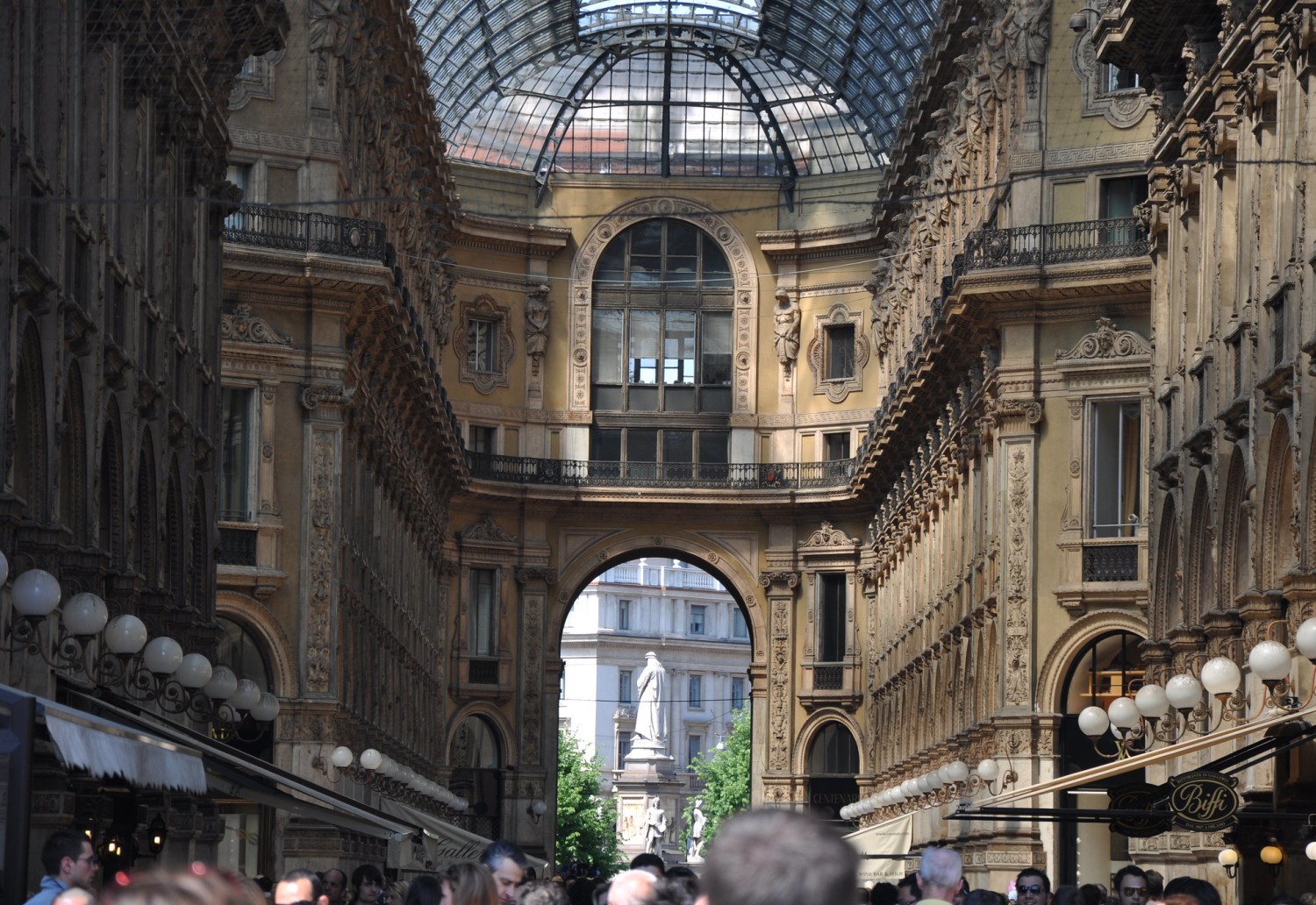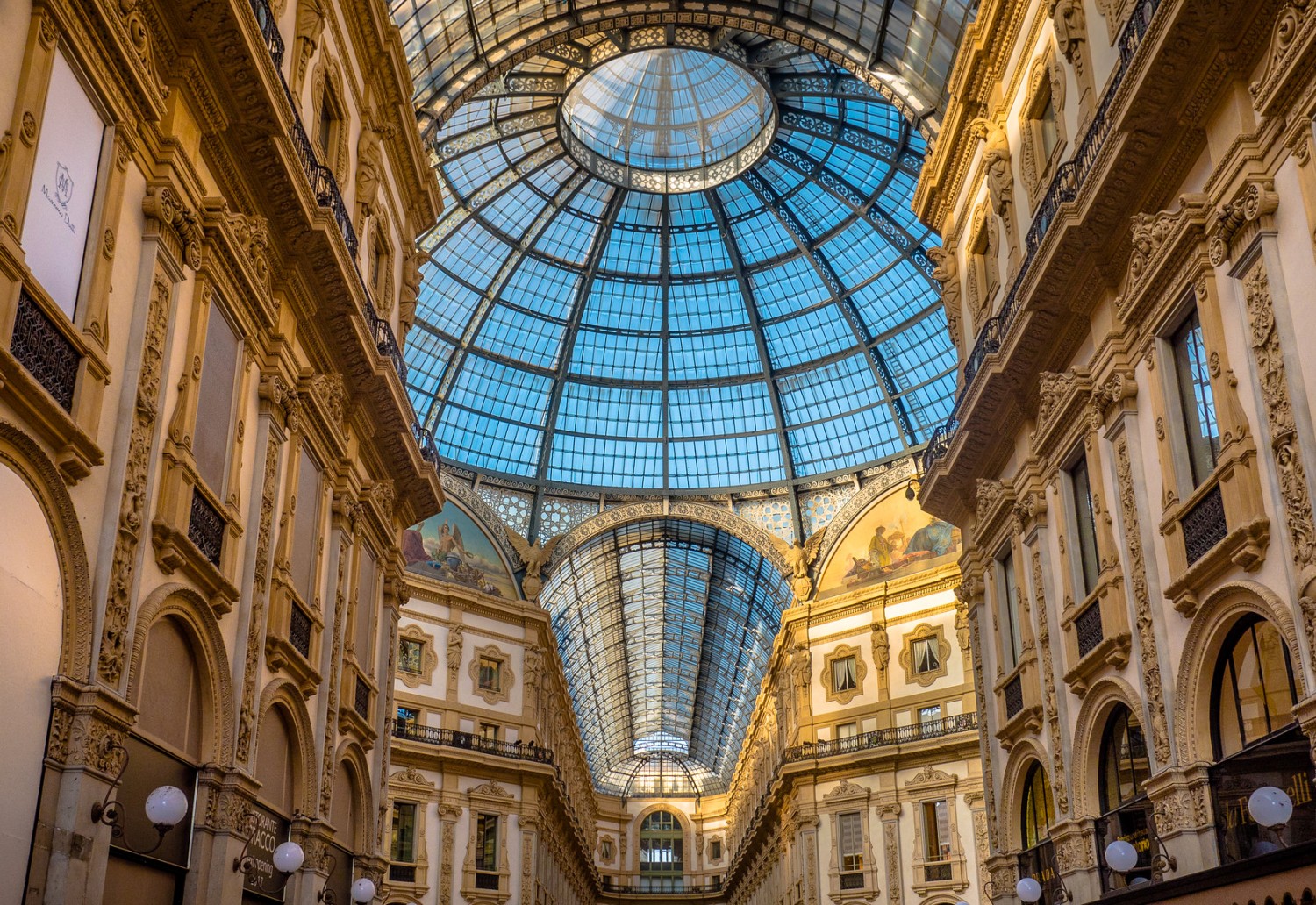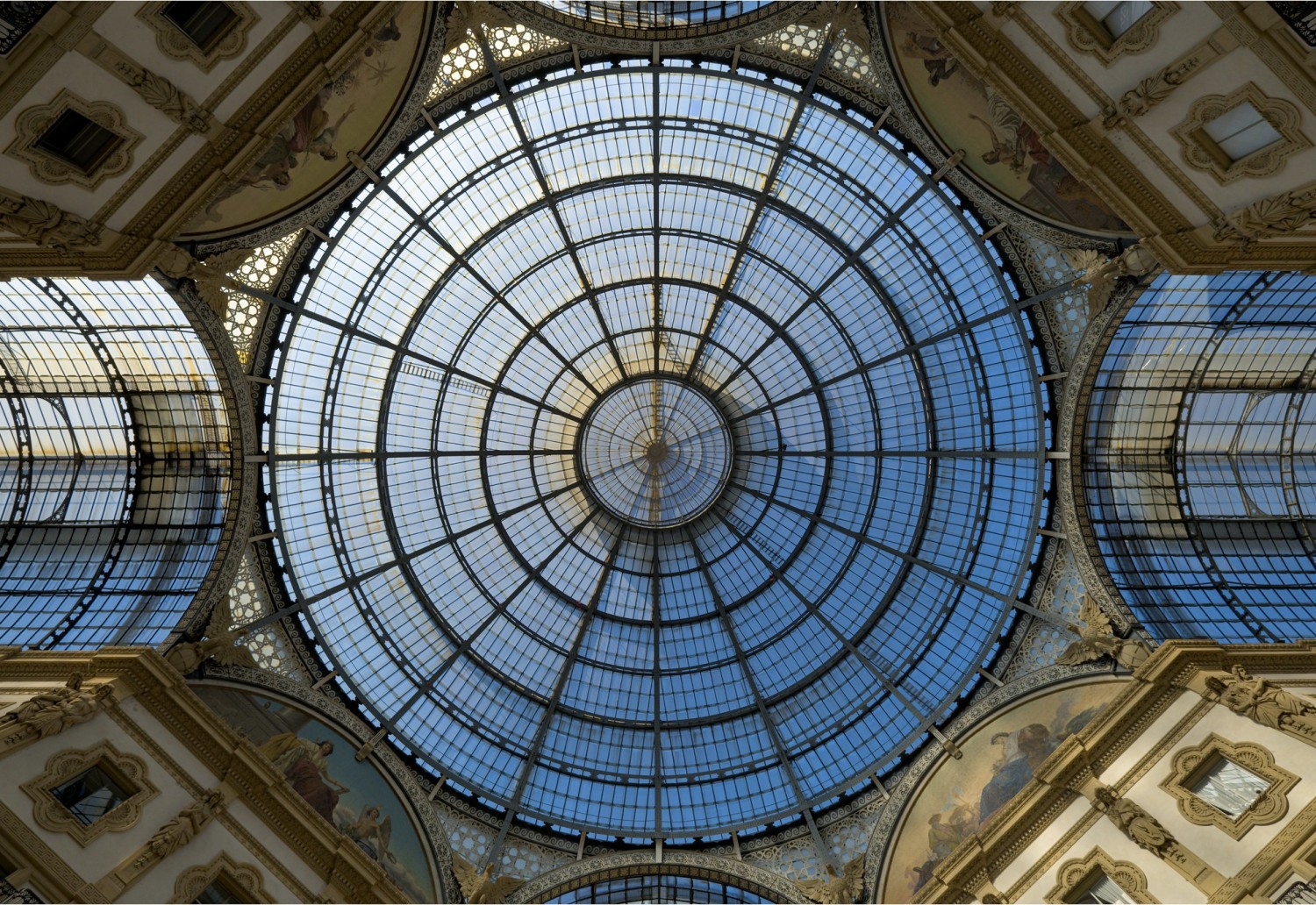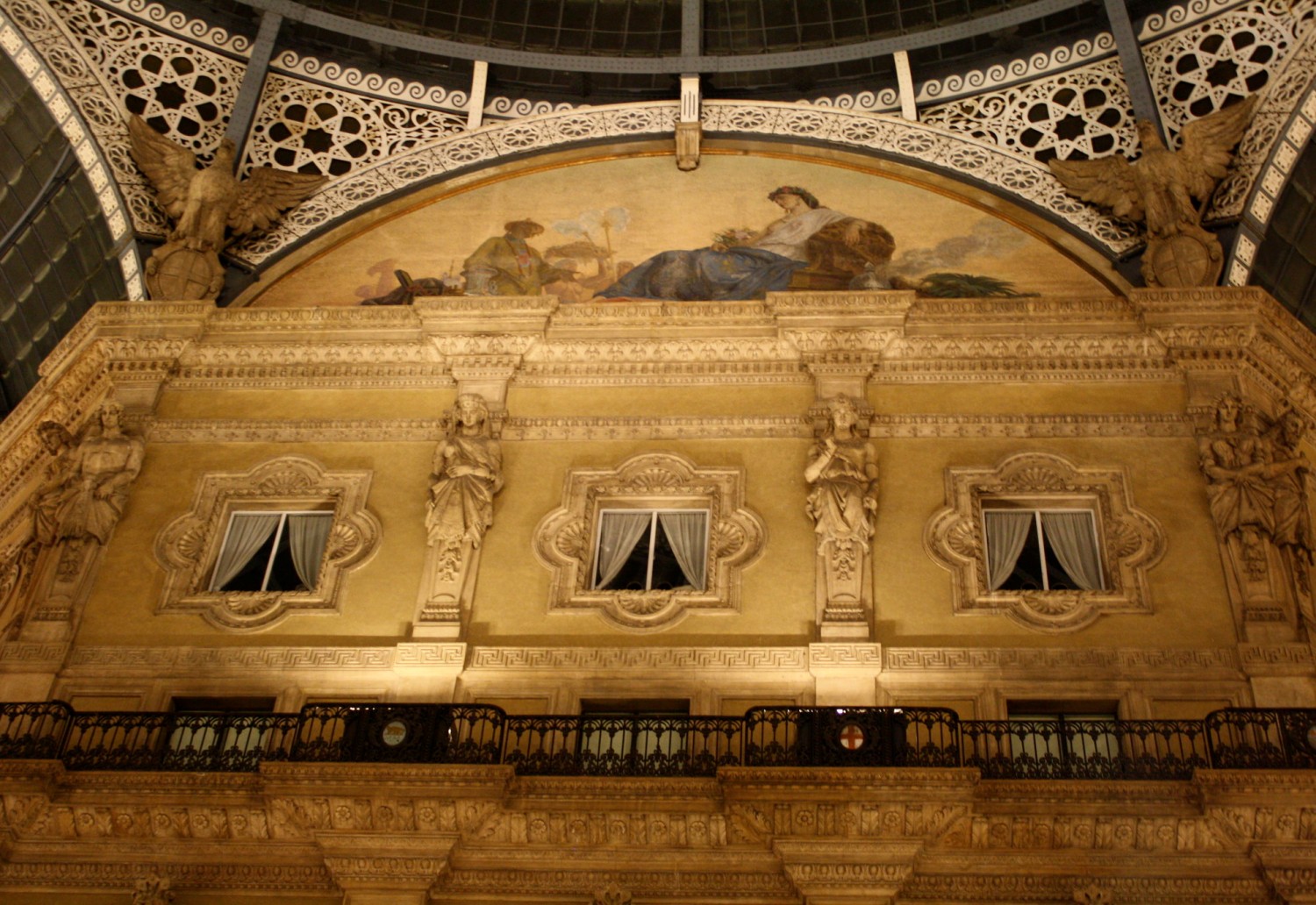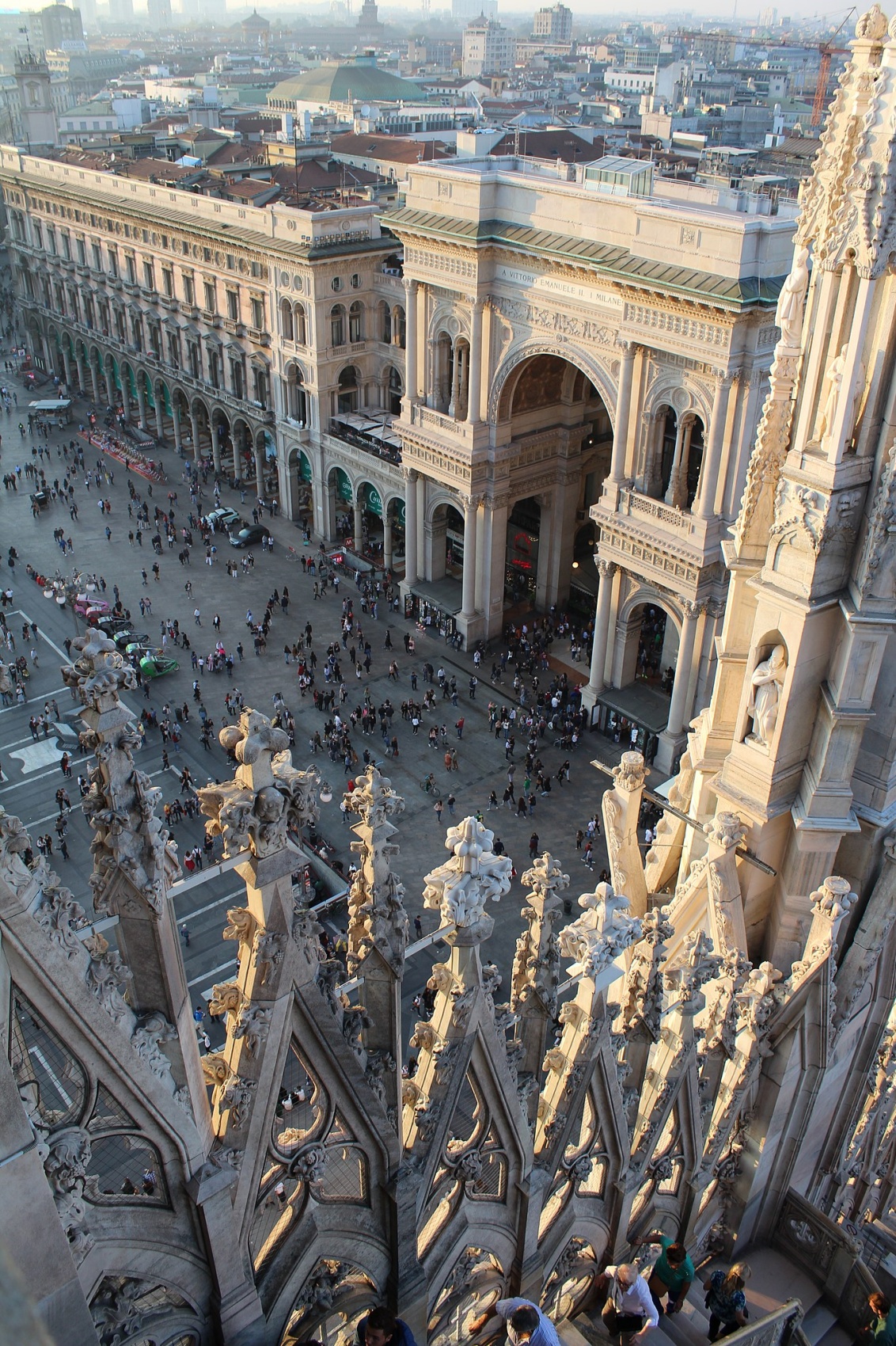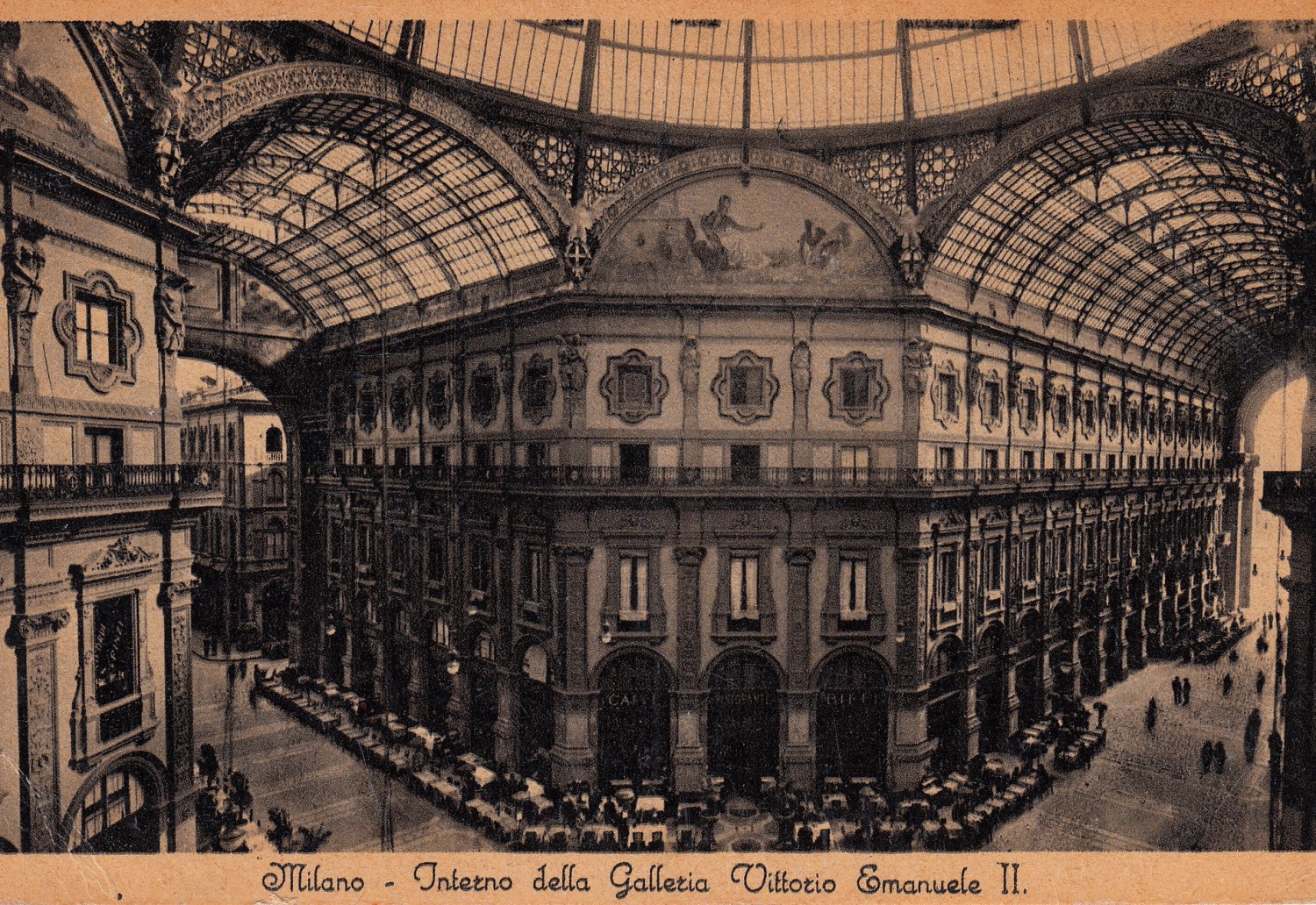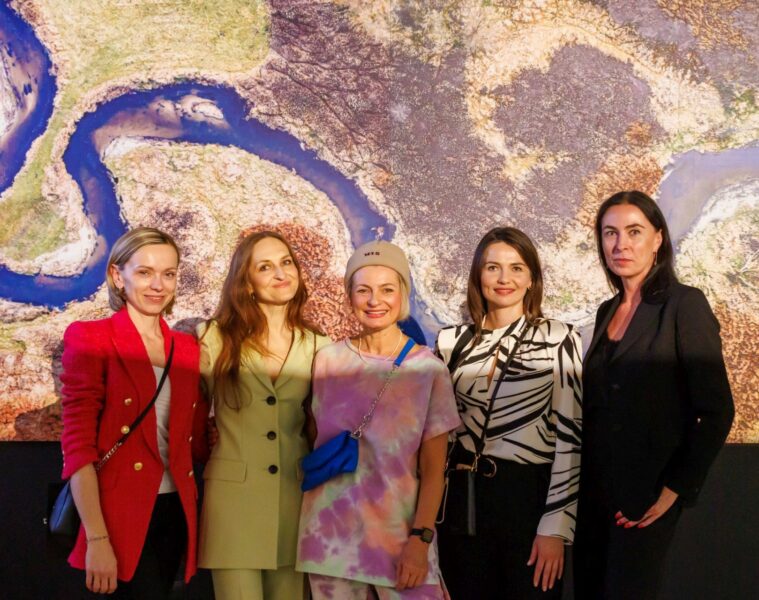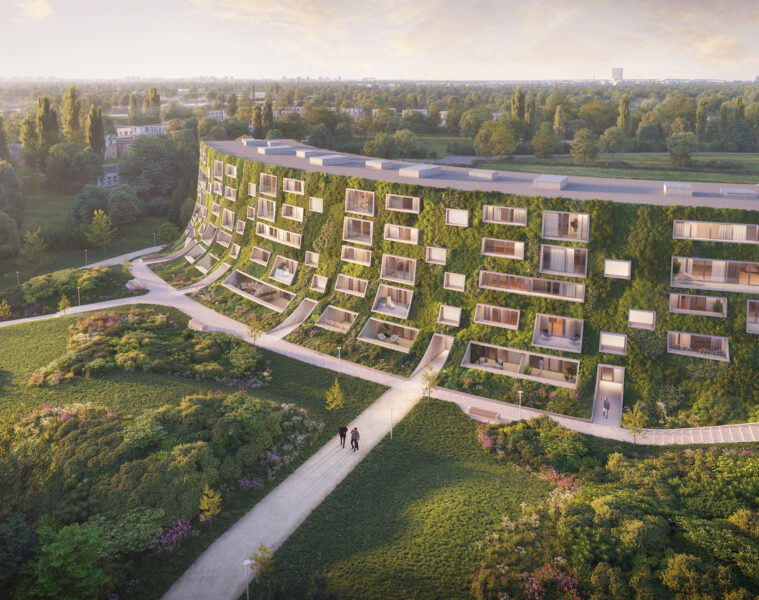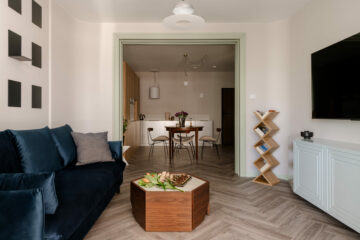Milan’s Galleria Vittorio Emanuele II was one of the first popular shopping malls in Europe. Prior to that, luxury department stores had been built in other cities on the continent. However, it was Milan’s Galleria that started the fashion for building large and lavish shopping centres. The building, built in 1877, is also a symbol of a unified Italy.
Moments after the proclamation of the Kingdom of Italy, the Milan authorities wanted to redevelop the historic city centre. The buildings standing between the Cathedral Square (Piazza del Duomo) and the Scala opera house were demolished. An architect from Bologna, Giuseppe Mengoni, was commissioned to create an aesthetic link between the two historic buildings. Construction began in 1865 and the foundation stone was laid by the first king of reborn Italy, Victor Emmanuel II.
The first gallery
Mengoni’s design called for the creation of two huge intersecting arcades. A large dome made of glass was created where the gallery avenues crossed. The centre of the gallery was designed in the shape of an octagon. The design was surprising above all for its scale. The longer avenue extends 196 m, while the shorter avenue extends 105 m. The top of the dome hangs as high as 47 metres above the ground. Galleria Vittorio Emanuele II became the first gallery of this size in the world.
Shopping malls were still being built in Europe in the late 18th century and acted as lavish department stores. However, the interiors of the Burlington Arcade in London or the scale of the Gostinny Dvor in St Petersburg were no match for the monumental gallery in Milan. Buildings equalling the size and ornamentation of La Galleria were not constructed until the 1890s, mainly the GUM in Moscow and the Umberto I Gallery in Naples. The Milanese gallery contributed to the fact that today’s shopping malls are what we call galleries.
It was possible to maintain such a large and glassy roof thanks to a steel and glass structure. The dome uses the same solution. At the time, it was the largest structure of its kind in the world. Creating the impressive canopy was a challenge for the architect. The materials needed for construction and a team of specialists were imported from France. The neighbouring country had a little more experience with steel and glass structures. Clever engineering measures allowed most of the weight of the roof to be transferred to the walls, without exposing the reinforcing elements.
Italian revival
The monumentalism can also be seen in the entrances to the galleries. The large columns and pediments are reminiscent of Roman triumphal arches. The pediment located at the Cathedral Square (Piazza del Duomo) bears the inscription: A Vittorio Emanuele II. I Milanesi (To Victor Emanuele II. Milanese). It is worth noting that references to the ornate Lombard Renaissance also run throughout the building. The building was also very modern for its time. The gallery had gas lighting. In addition, the lamps were lit by a small vehicle moving on a rail.
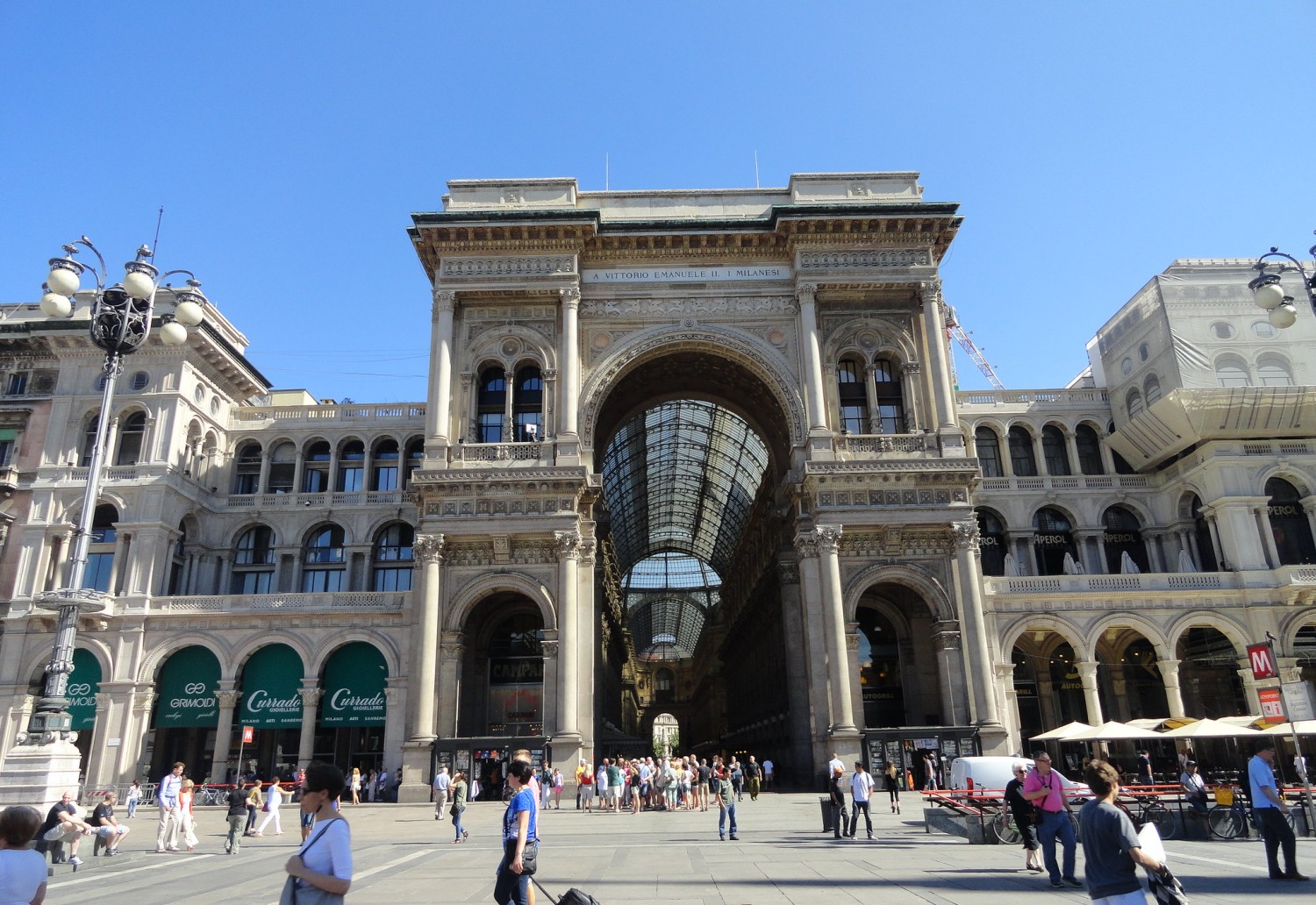
The Neo-Renaissance building was to be filled with national symbolism. In addition to the obvious reference to the Italian-derived Renaissance, the gallery contains symbolic frescoes and mosaics. On the side of the entrances are frescoes commemorating Italian scientists, artists and others of Italian merit. On the lunettes beneath the dome, on the other hand, there are frescoes depicting the four continents: America, Asia, Europe and Africa. In addition to the frescoes, the floor of the gallery has symbols alluding to the capitals of a reborn Italy. Under the dome is a mosaic depicting the coat of arms of the Savoy dynasty, of which King Victor Emmanuel II was a representative. Next to it are mosaics depicting, in turn, the wolf – the symbol of Rome, the lily – the symbol of Florence and the bull – the symbol of Turin.
Milan Salon
The initial scepticism of the residents was overcome and the gallery began to be popular with the locals. Shops, restaurants, cafés and hotels opened on the three floors. Some of them are still operating today. The Savini restaurant was opened in 1867 and is still the ‘showpiece’ establishment of the city. Similar prestige is enjoyed by the Biffi premises and the Camparino in Galleria café. Milanese have come to refer to the Galleria as Il Salotto di Milano – the Salon of Milan.
Unfortunately, the building’s creator did not live to see the gallery come to life. Mengoni fell from the top of his gallery’s triumphal arch the day before construction was completed. In turn, the building’s patron Victor Emmanuel II died ten days after the architect.
Bombing raids in 1943 destroyed the glass roof of the gallery. Despite the war damage, the building survived the turmoil of history in fairly good condition. After the war, the gallery was rebuilt and renovated several times. Today, the interior houses shops for brands such as Louis Vuitton, Gucci and Prada. Galleria Vittorio Emanuele II is still the pride of Milan today, and having premises in the building is a sign of prestige.
Source: Milan.co.uk
Read also: Architecture | Shop | Mosaic | Italy | Monument | Interesting facts | whiteMAD on Instagram


